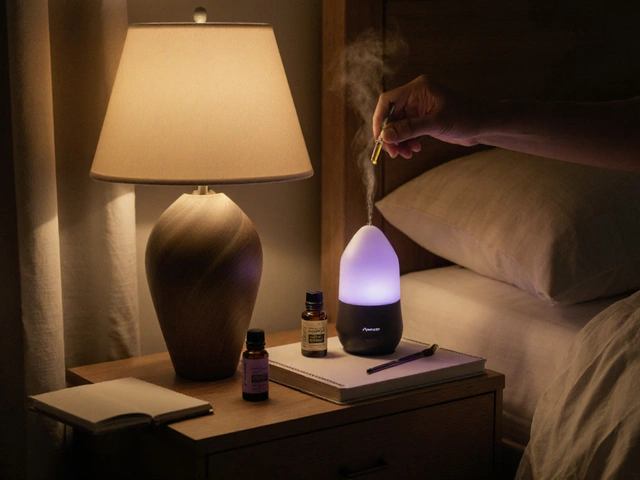Trigger Points: Find and Ease Muscle Knots in Your Dog
One small sore spot in a muscle can make a dog limp, guard a leg, or act grumpy — and owners often miss it. Trigger points are tight, tender spots inside a muscle. In dogs they show up as stiffness, sudden limping, licking or biting at the area, or changes in behavior. Knowing how to spot and treat them makes a big difference in comfort and mobility.
Quick self-check for trigger points
Start with the dog calm and standing or lying comfortably. Run your hands along major muscle groups: neck, shoulders, back, hips, and thighs. Feel for areas that are firmer than the surrounding tissue — a pea- to walnut-sized nodule often signals a trigger point. Watch the dog’s face and body: a flinch, ear flattening, a whine, or sudden focus on that spot usually means sensitivity. Always compare left to right; trigger points are often one-sided.
Keep checks short and gentle. If the dog tenses or snaps, stop and give space. If you’re unsure, film a short clip of the reaction and show it to your vet or a canine massage therapist.
Simple ways to ease trigger points at home
Use slow, calm techniques. First, warm the area with a warm compress for 5–10 minutes to increase blood flow. Then try gentle pressure-and-release: press on the trigger point with a fingertip (firm but not painful), hold for 5–10 seconds until you feel the tissue soften, then slowly release. Repeat this three to five times. Small circular motions that follow the muscle fibers help too.
Combine massage with gentle stretches and controlled movement. For hindlimb knots, short leash walks with gradual increases in stride can help. For neck or shoulder areas, slow head-turn and shoulder-mobilizing motions work well. Finish with light strokes along the muscle to calm the area.
Tools can help but aren’t required. Use a soft rubber ball, a massage mitt, or a rolled towel to apply steady pressure. Avoid hard rollers or aggressive tools on small dogs or thin-skinned areas.
Watch closely after treatment. Improved range of motion, reduced guarding, and a happier attitude are good signs. If the dog gets worse, develops swelling, has fever, refuses to bear weight, or shows sudden behavioral changes, stop home treatment and contact your vet right away.
When to see a professional? If knots come back quickly, affect performance or gait, or you suspect underlying joint or nerve issues, book a vet check and a session with a certified canine massage therapist or physiotherapist. Pros can combine myofascial release, targeted stretching, and rehab exercises that you can continue at home.
Prevention is simple: regular light massage, proper warm-ups before play, balanced exercise, weight control, and good hydration. A five-minute rub after walks does more than feel nice — it helps you catch problems early and keeps your dog moving well.
If you want deeper reading, search our guides on myofascial release and sports massage for practical tips you can use with your dog. Small, consistent care prevents big problems down the road.

Neuromuscular Massage: The Healing Journey Explained
Unlock the facts and real-life tips about neuromuscular massage therapy—what it actually does, who it helps, and why it's not just a regular back rub. Discover how focused pressure on trigger points can ease stubborn muscle pain from jobs, sports, or stress. Learn what a session feels like and why it works for both everyday tension and nagging injuries. Get practical advice to maximize your own healing journey. This article takes you right into the hands-on details without the jargon.




